Elisha & the She-Bears
(2 Kings 2:23-25)
Whenever a new leader replaces a well-loved iconic legend, people have doubts. The bigger the shoes, the more difficult it is to fill them. Of course, in the case of Elisha, the question was not whether he could fill Elijah’s shoes, but his cloak!
As Elijah’s disciple and servant, God would call upon Elisha to continue and exceed the ministry Elijah had carved out. Would the people of Israel respect Elisha as they had learned to respect Elijah? Would the transition be complete and speedy?
2 Kings 2 is about this transition. God would use several events to teach the people of Israel—even those who were not faithful to the Lord—to respect this new kid on the block. The account of the 42 young men torn apart by two she-bears is an important—albeit tragic—part of God’s agenda to teach the Israelites to heed Elisha.
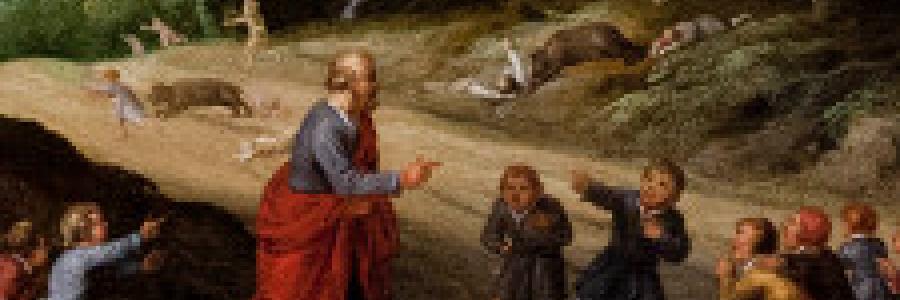

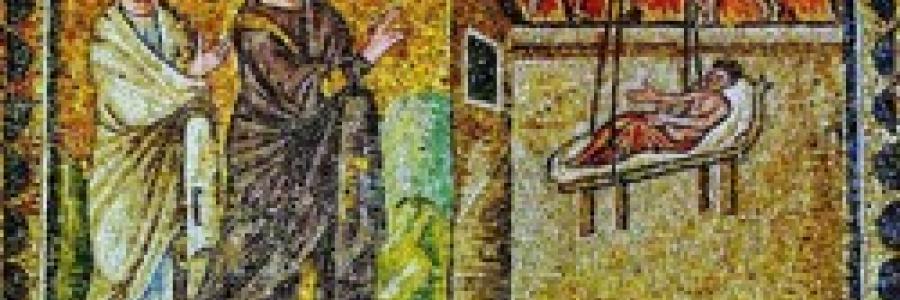
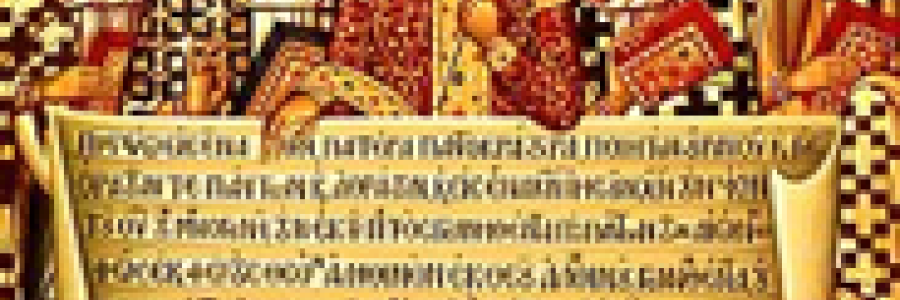
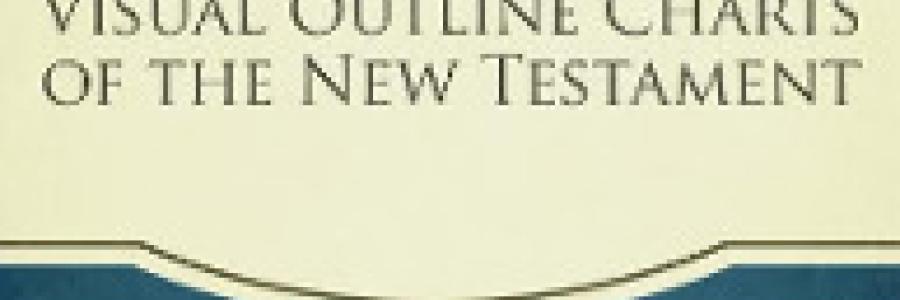
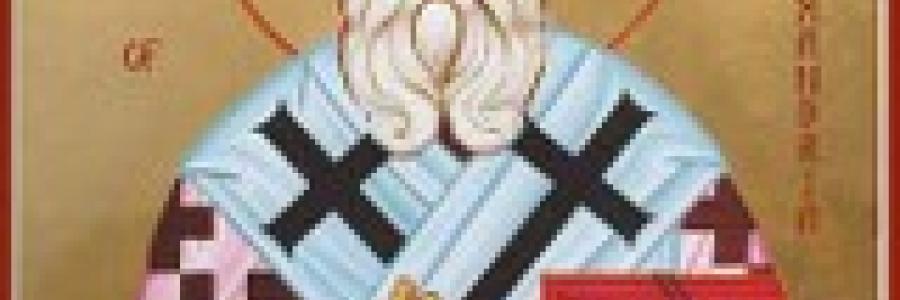
Discussion